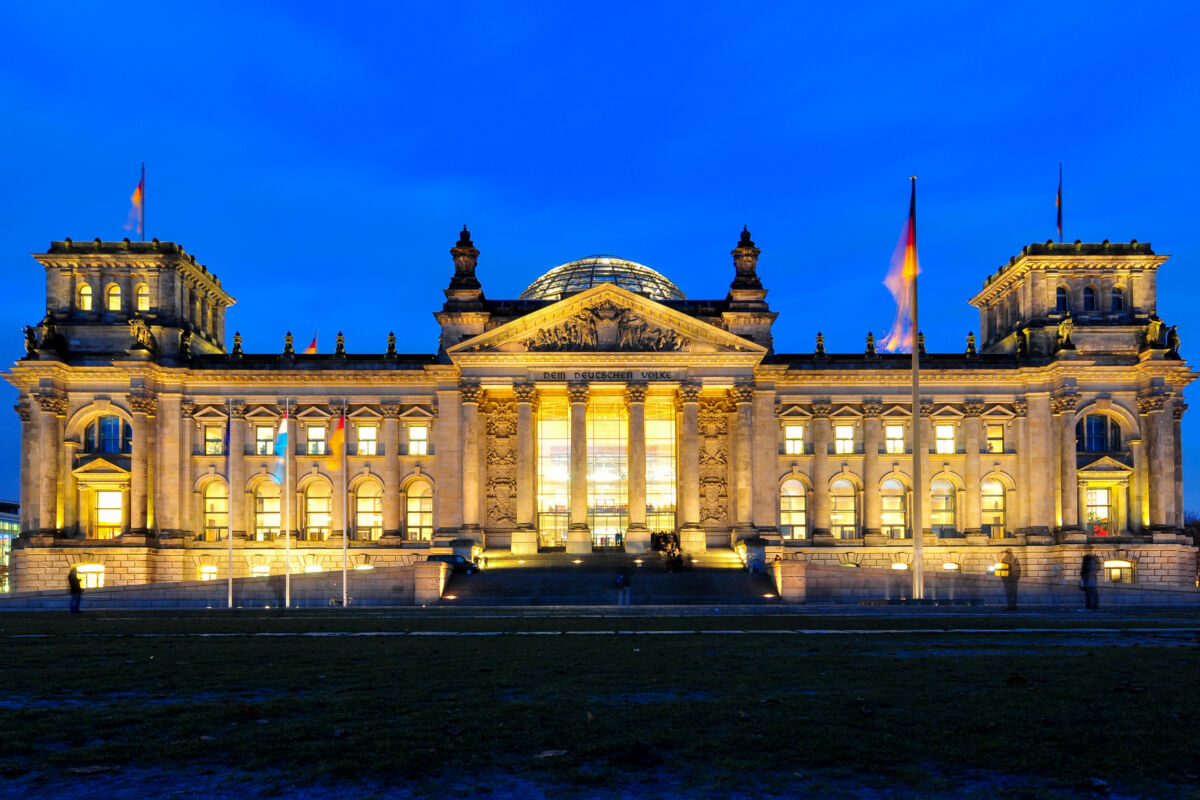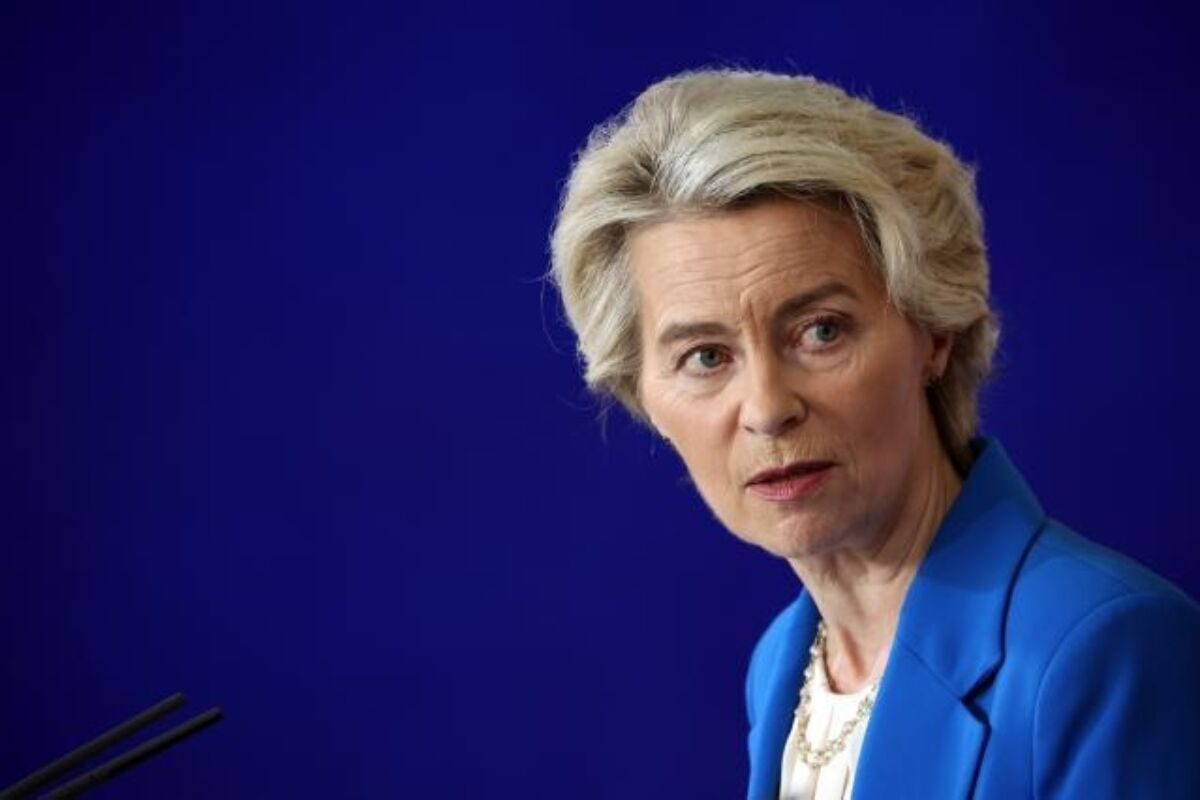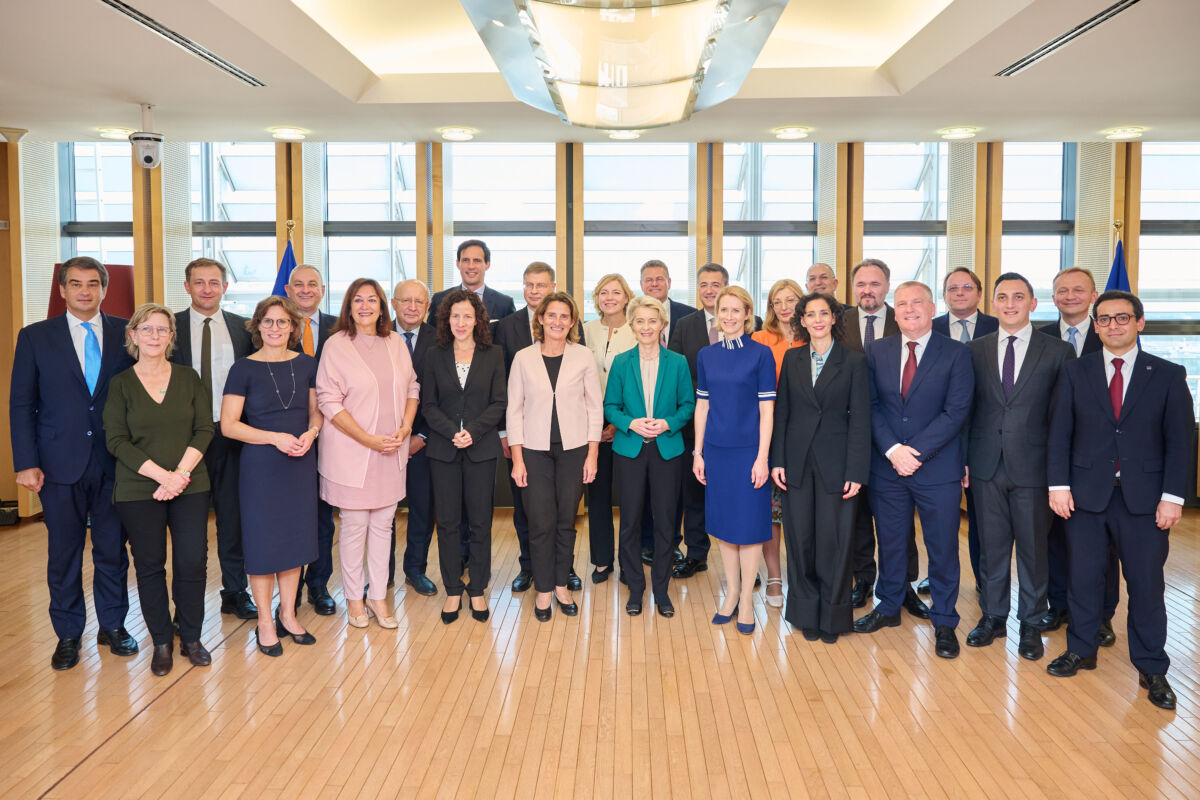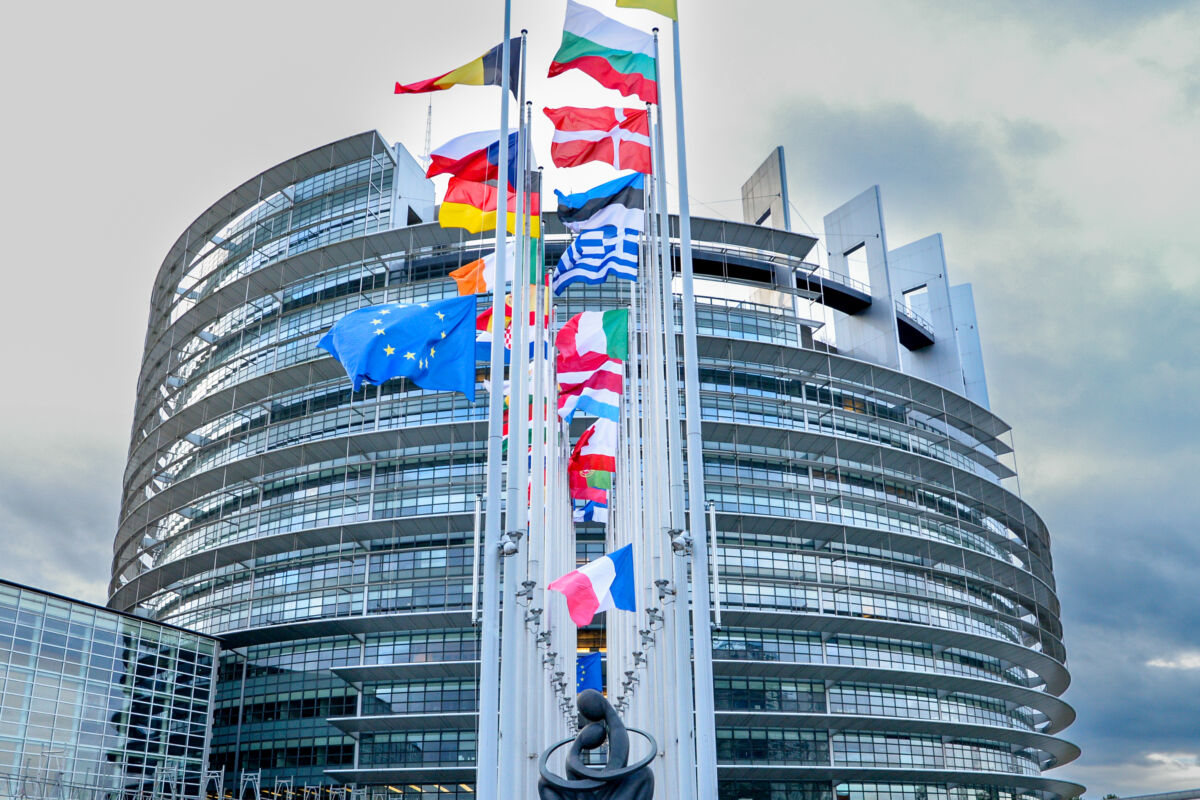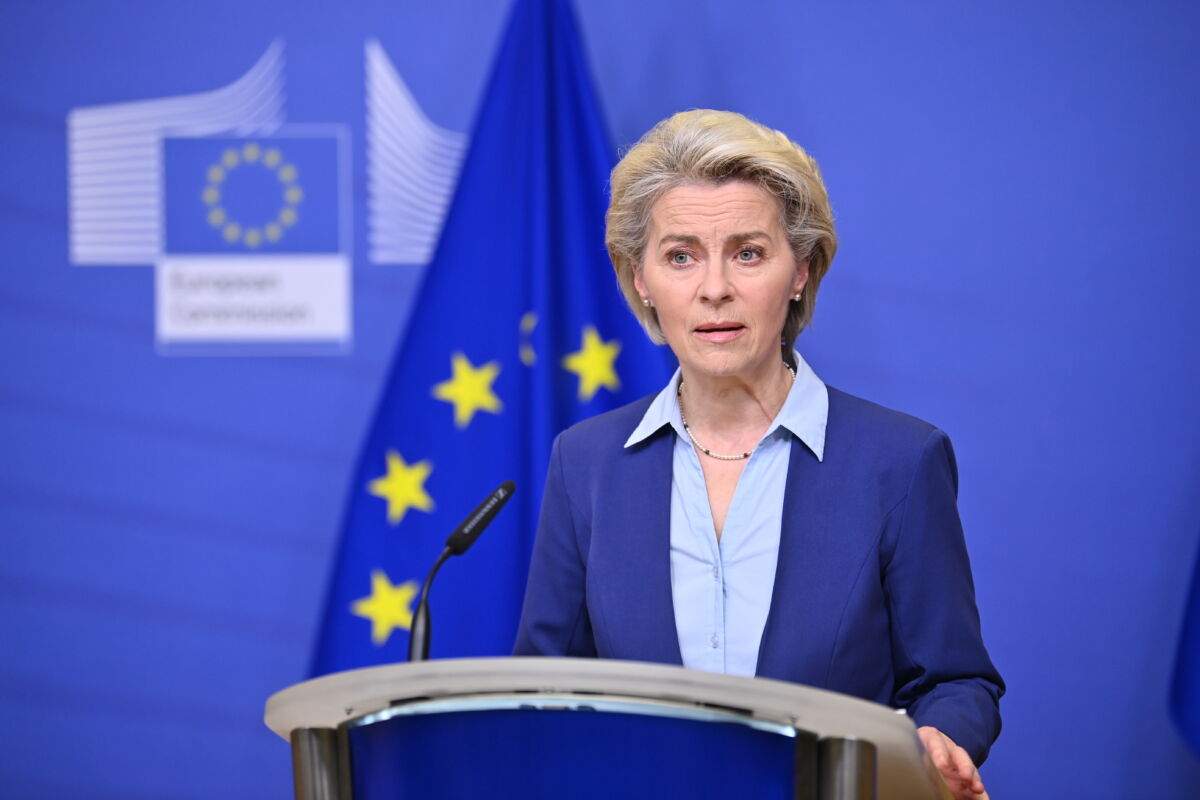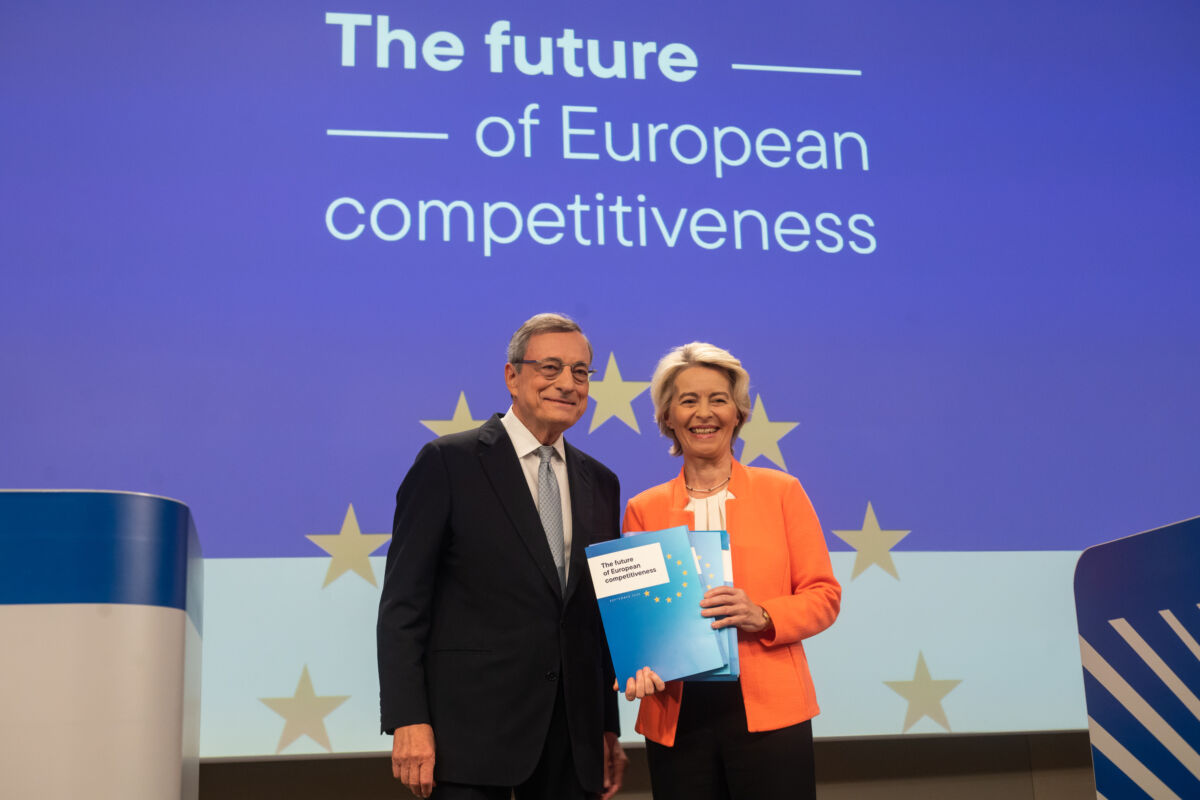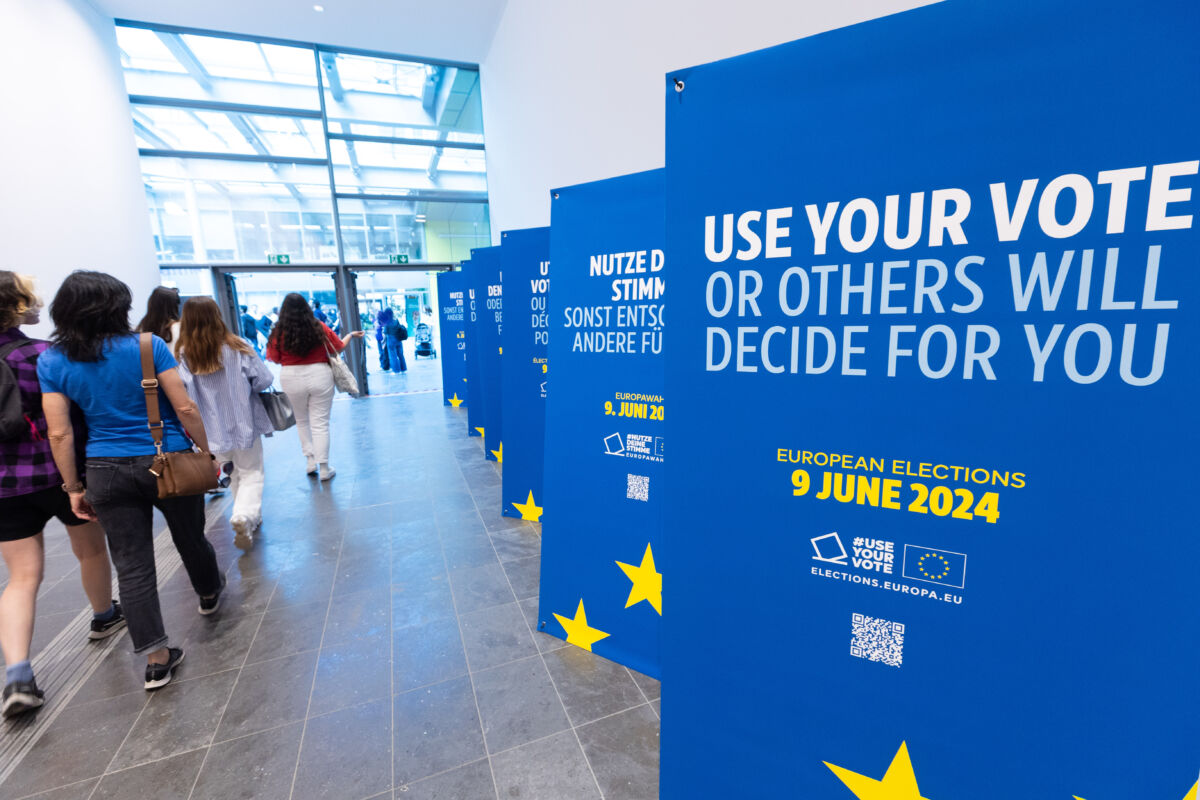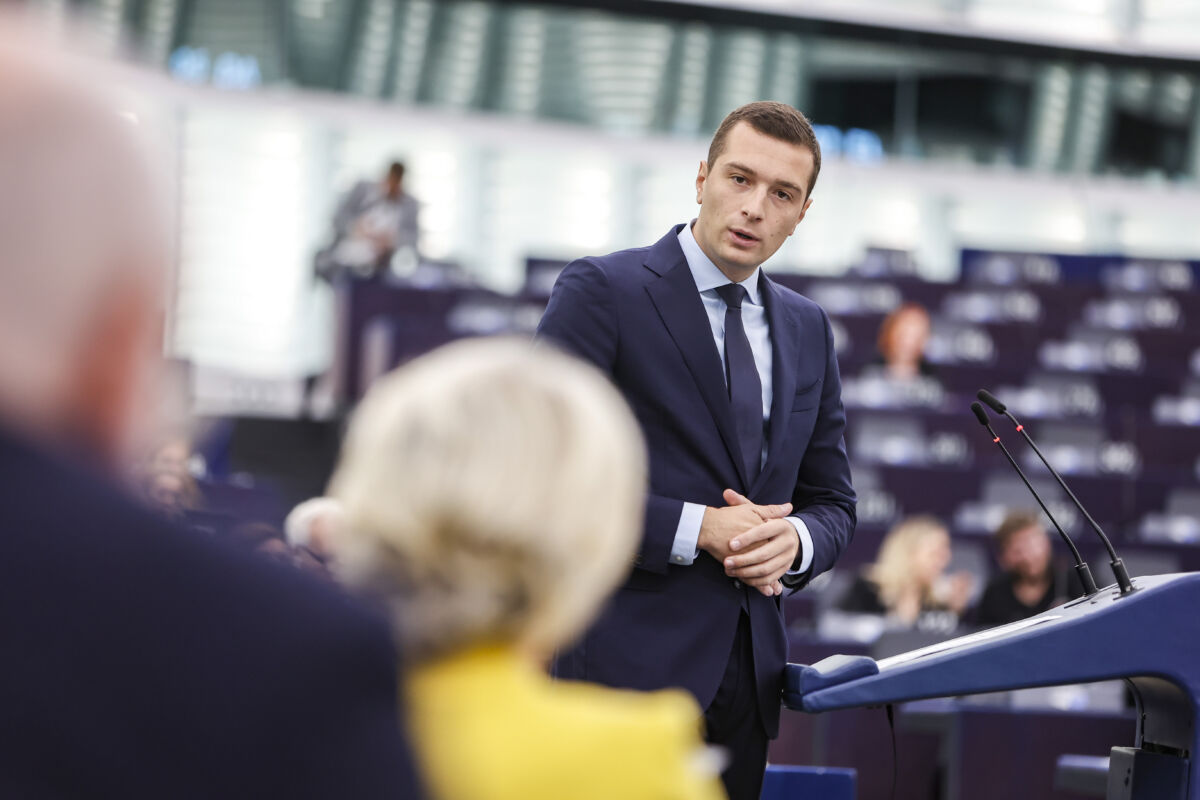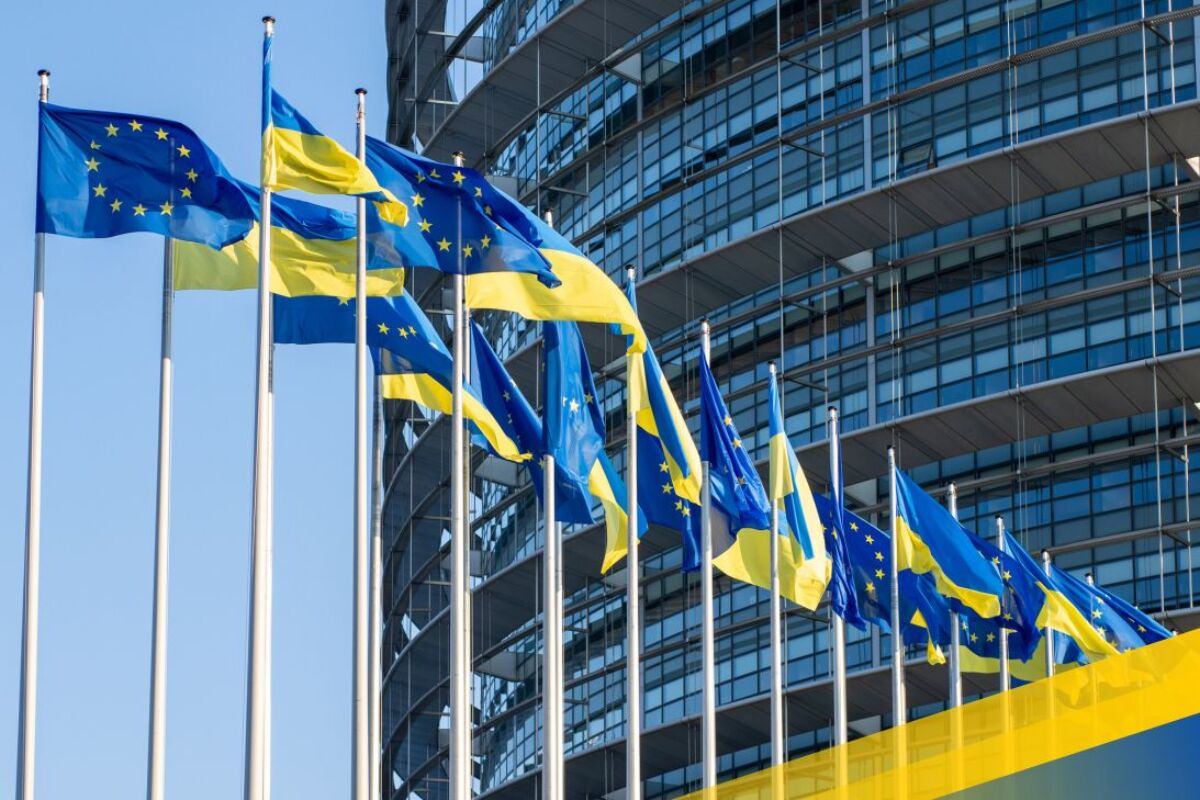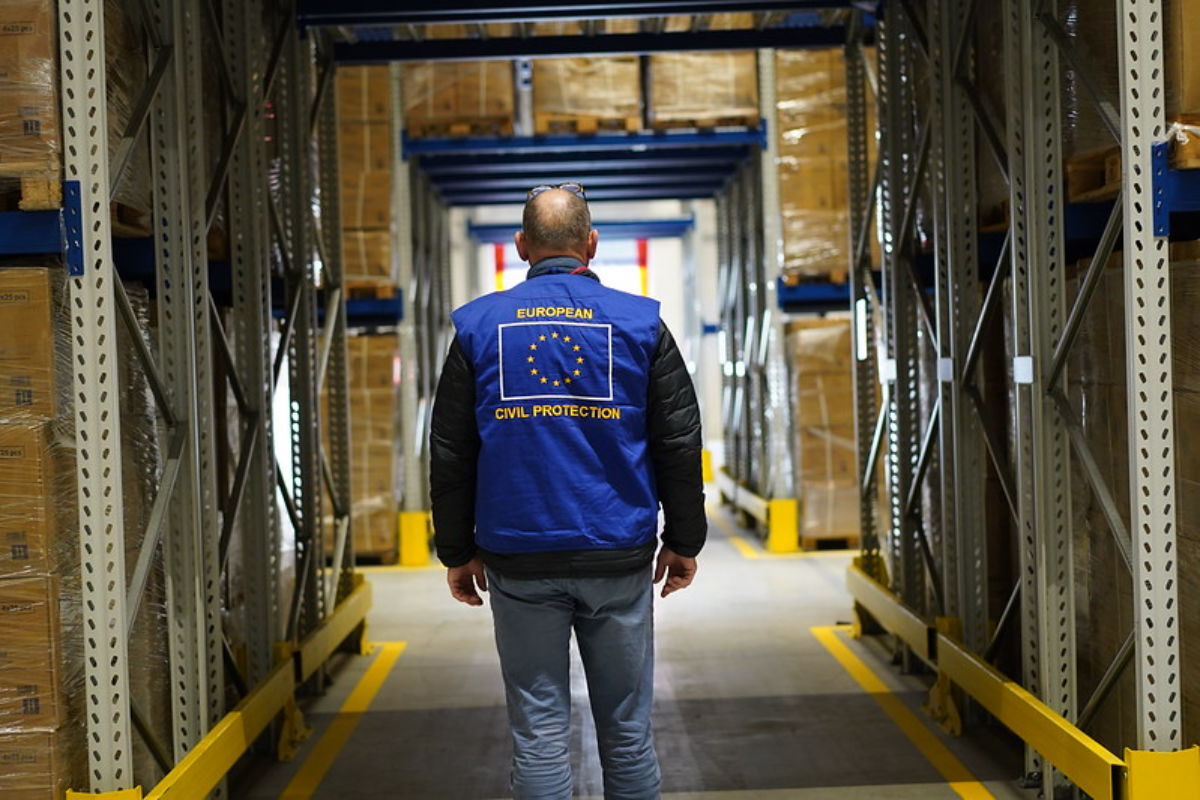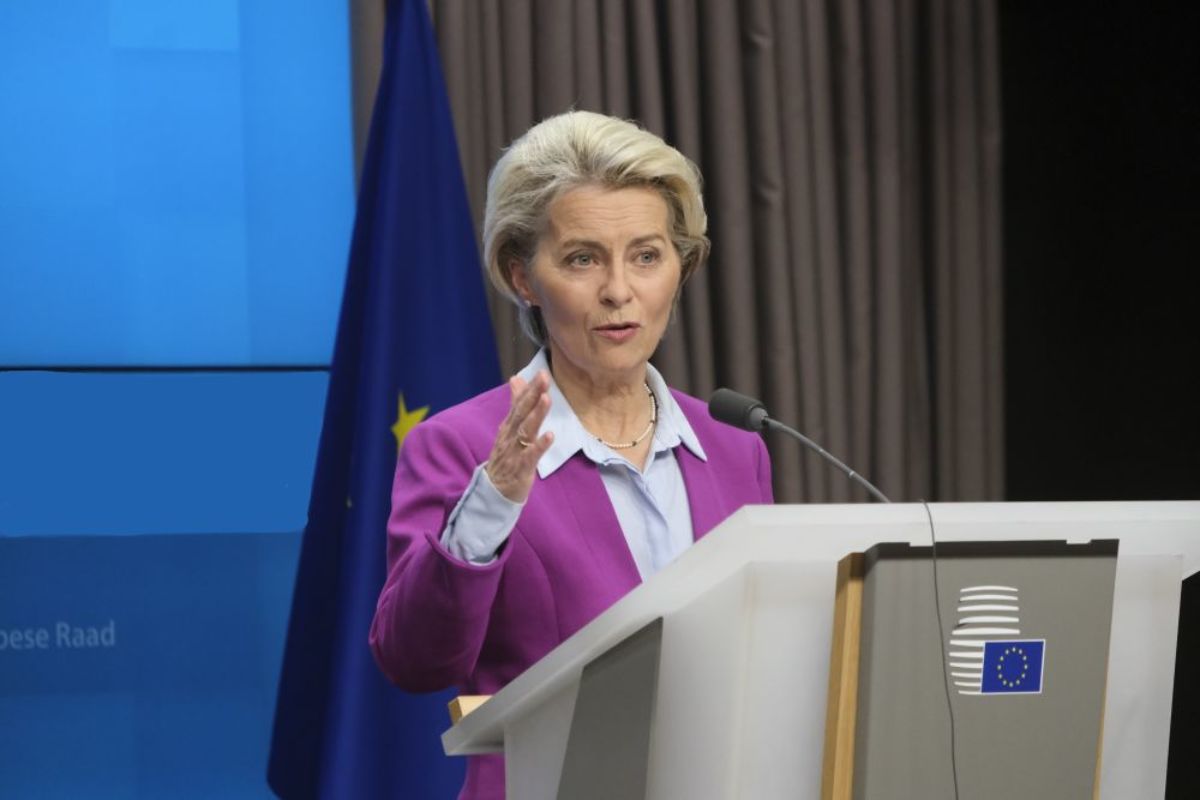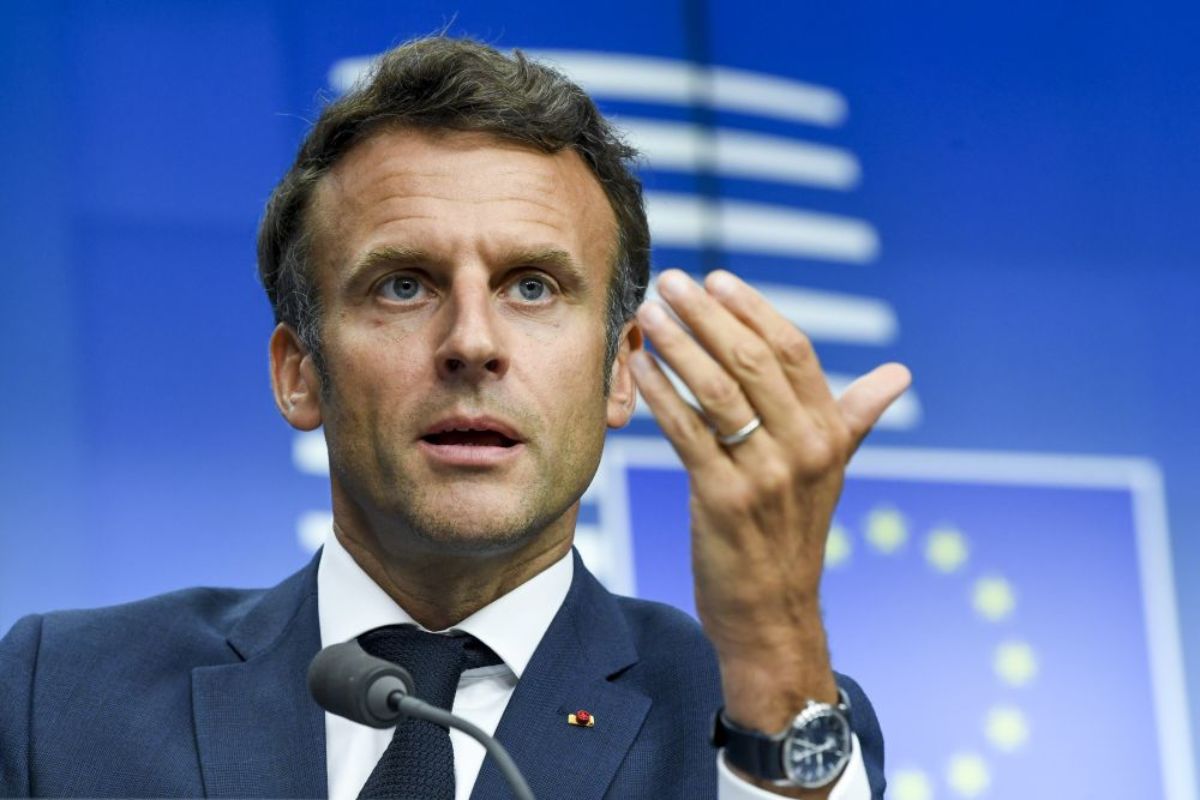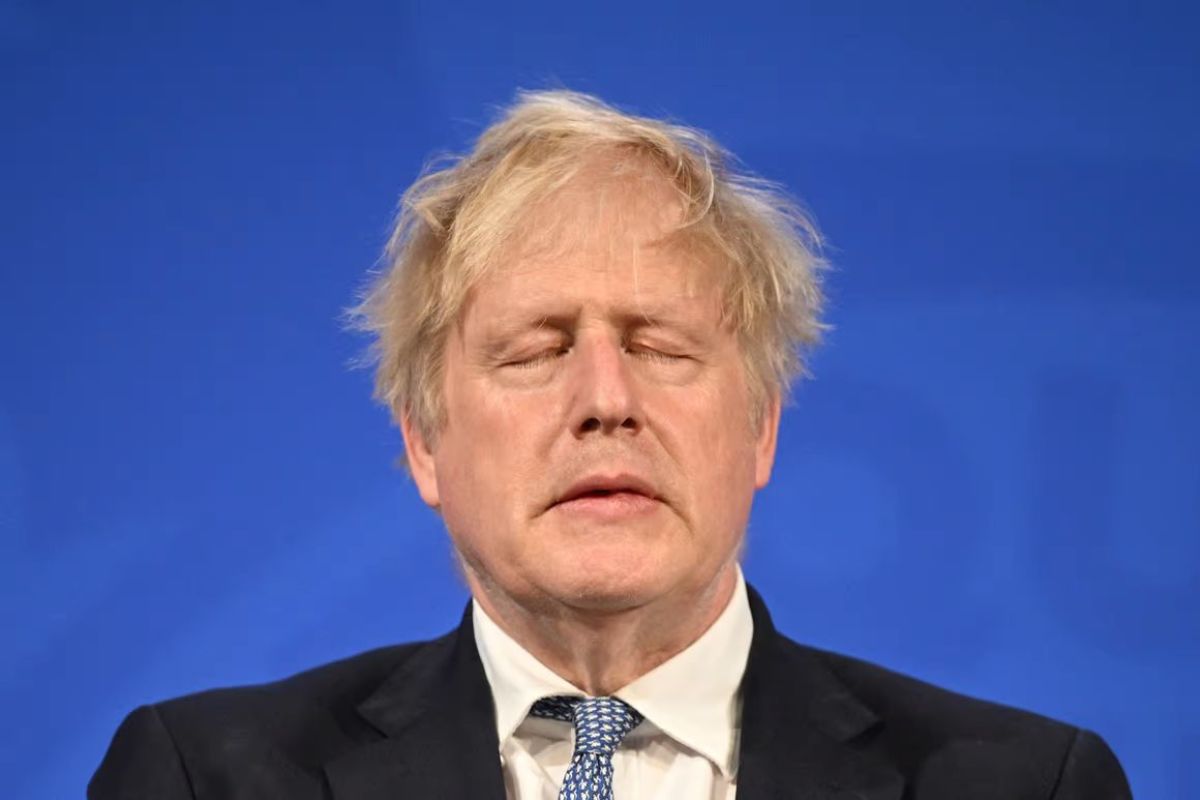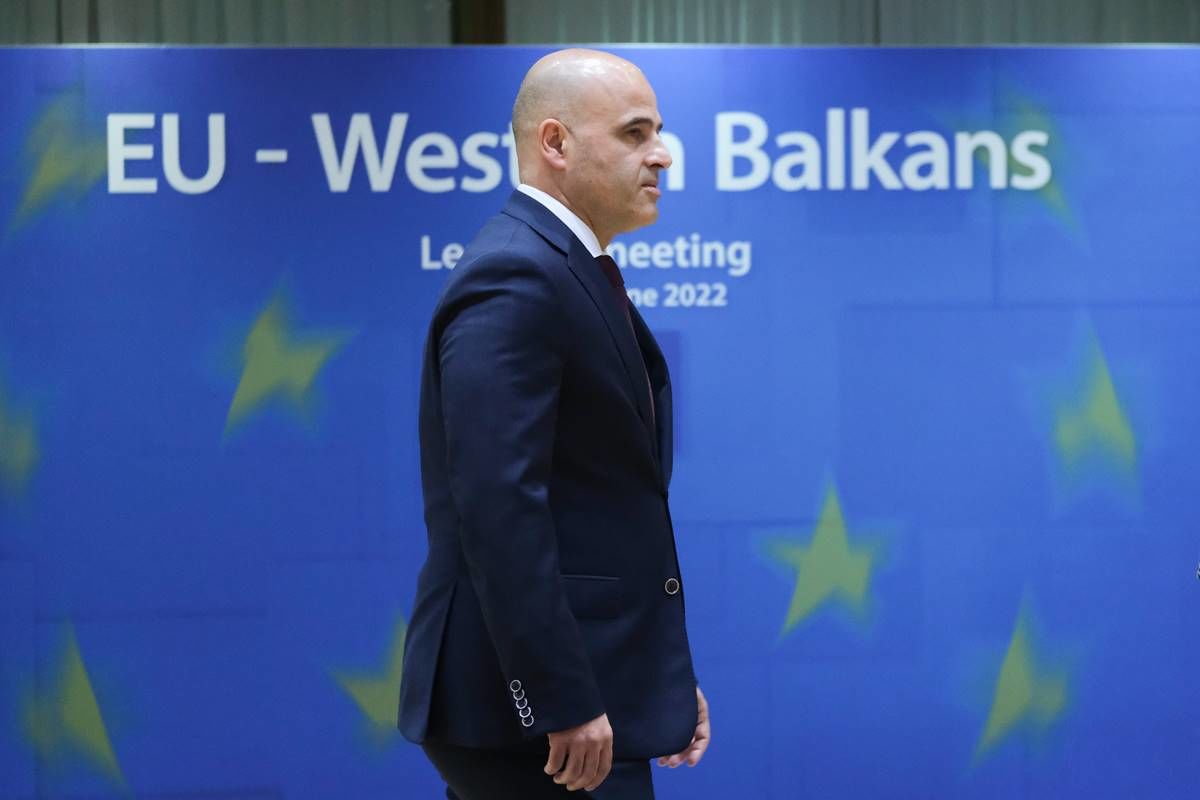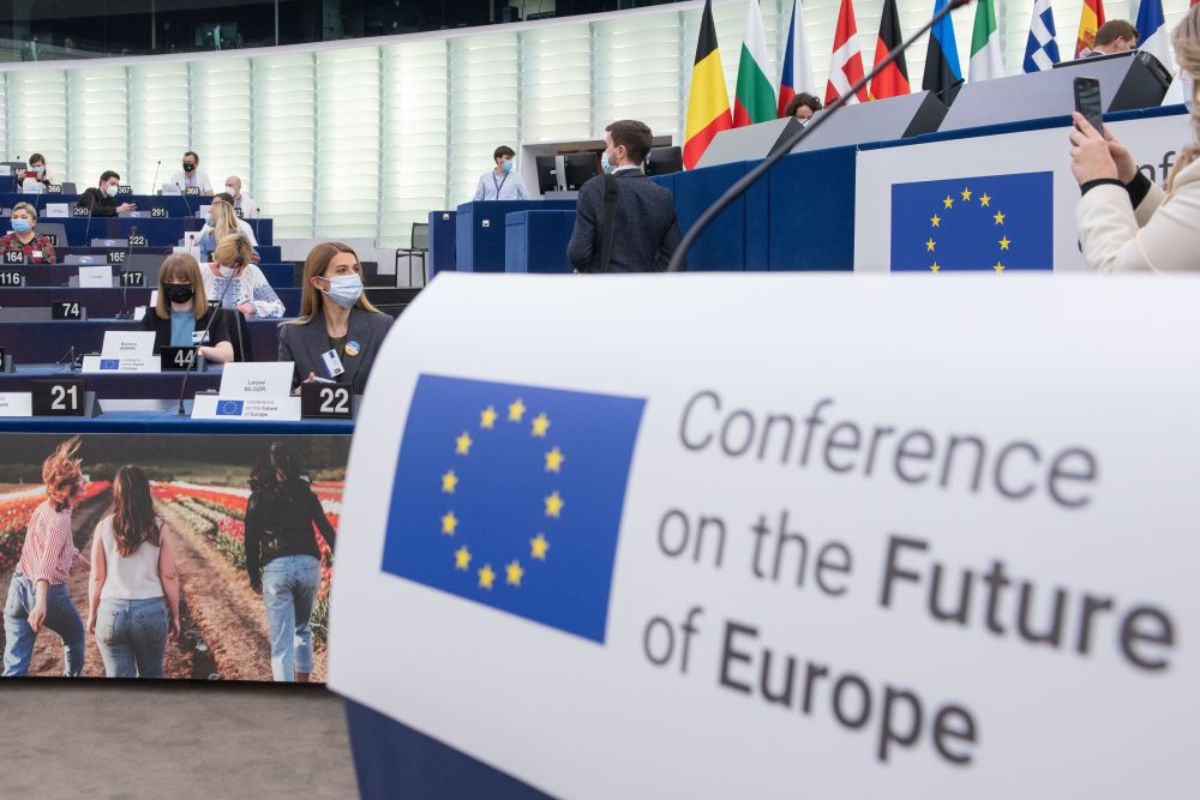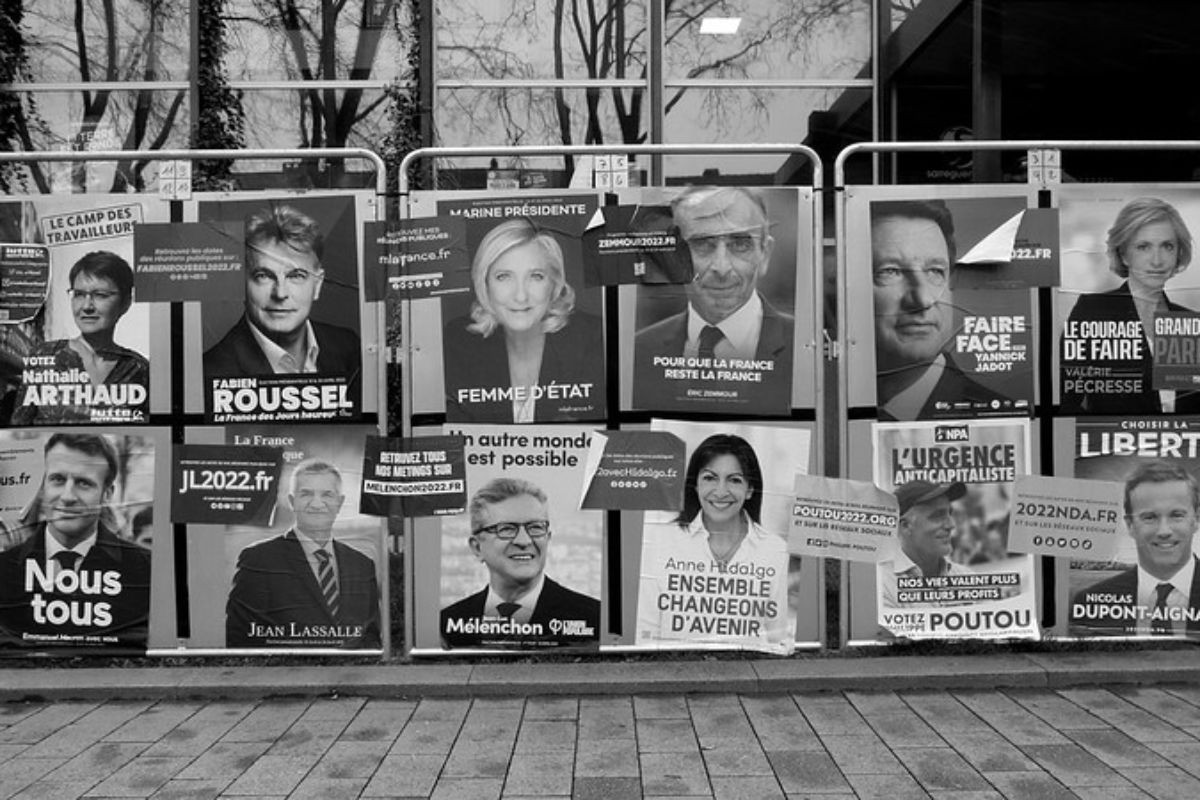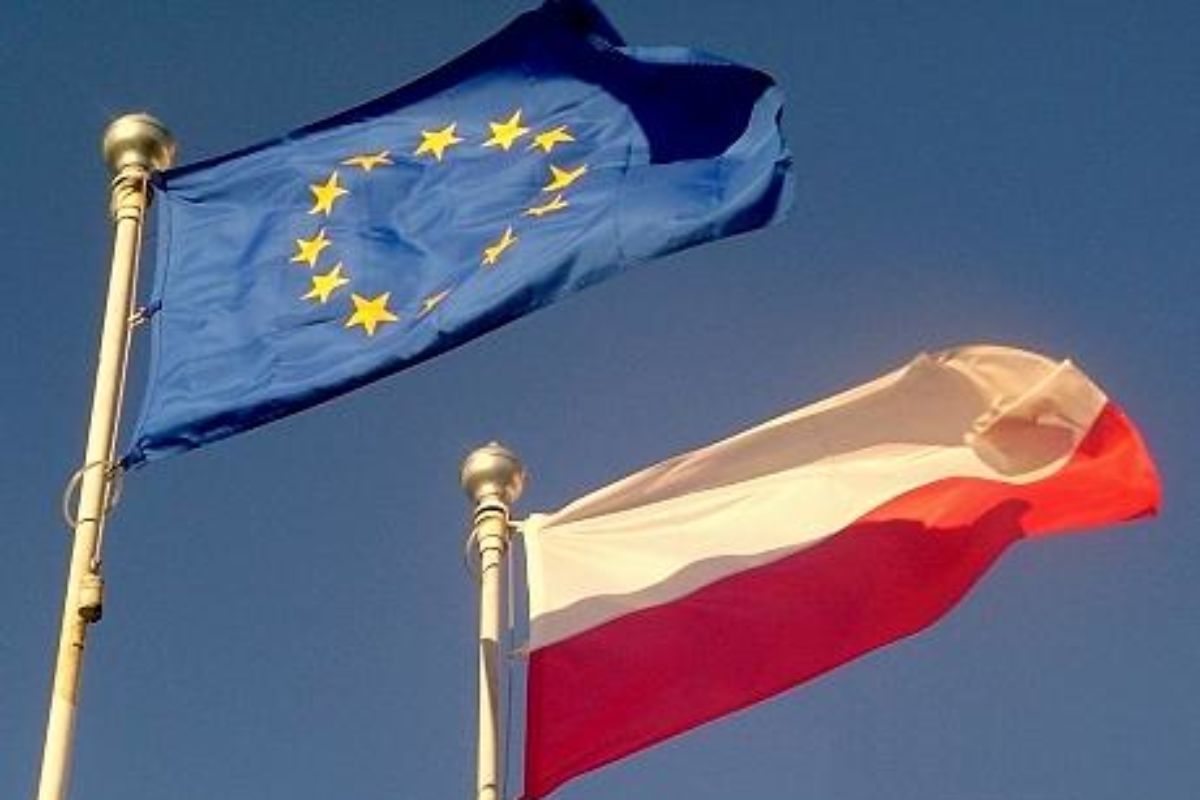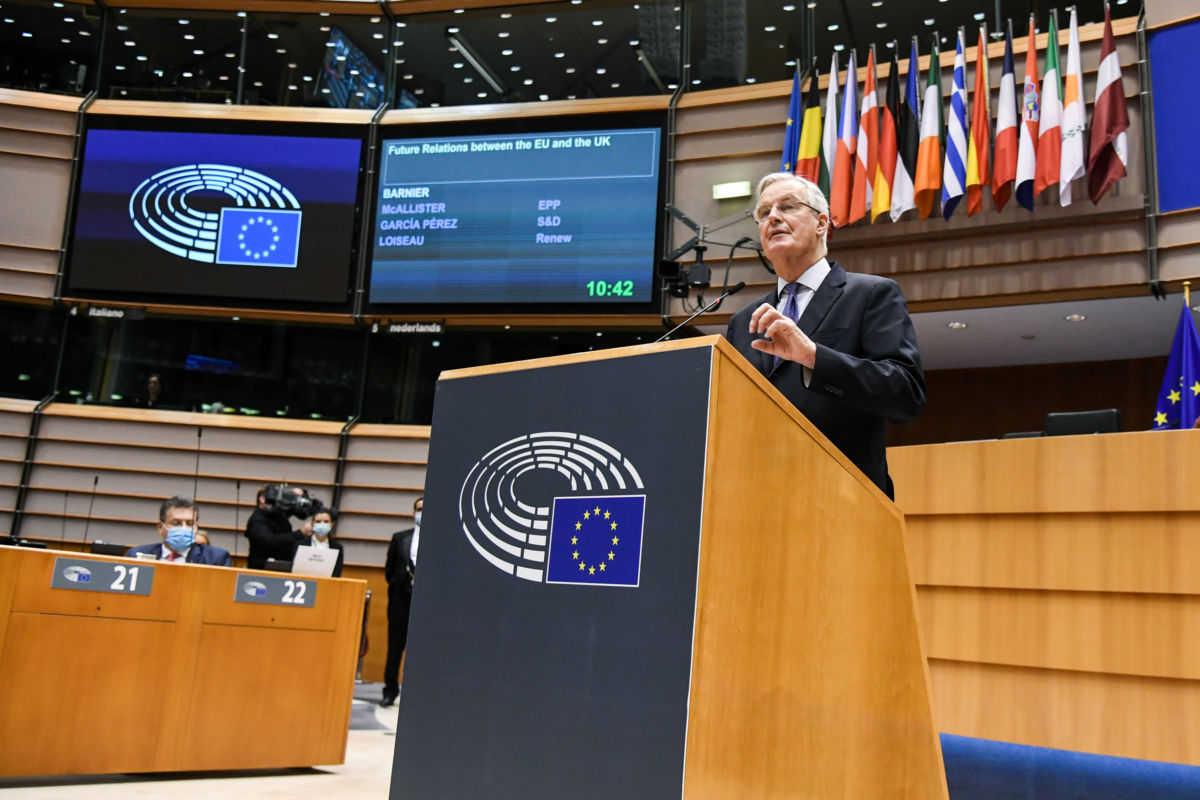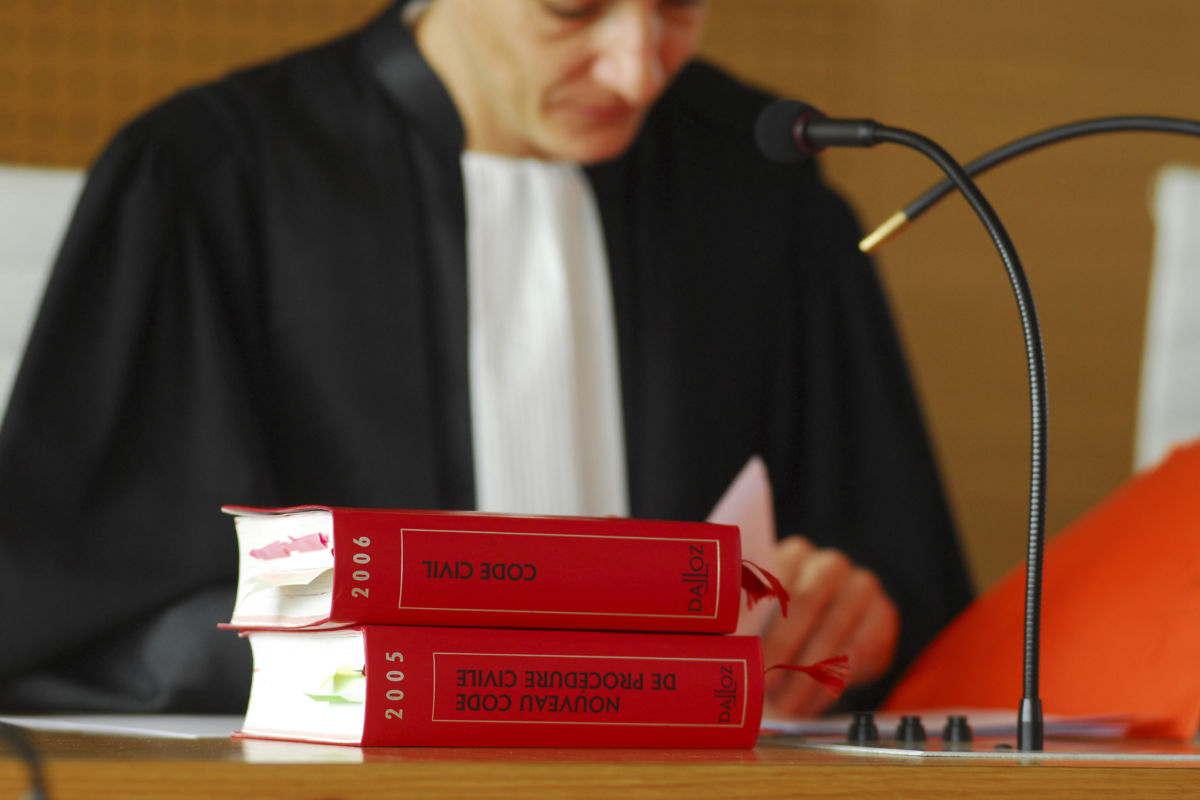The European elections produced a sigh of relief across Europe because the Eurosceptic parties did not advance as much as feared. A large part of this ‘victory’ for pro-European forces was due to a ‘green wave’. But the Greens obtained far fewer seats in the European Parliament than would have been justified by the 20 million votes they obtained. In contrast, the Liberal group has many more MEPs than the number justified by their share of the popular vote (about one half that of the Greens).
The distribution of the top positions (Presidencies of the Commission, Council and Parliament) should take the green wave into account. Unfortunately, this has not been the case so far. The European Council has not been able to agree in an over-night marathon, but there is no indication as yet of a ‘Green’ for any of the top positions.
This is a mistake. Voters risk again becoming disenchanted with the EU if their choices are disregarded by heads of state and a Parliament in which only the number of seats counts.
The over-representation of small countries
The number of European Parliament seats allocated to each member state is determined by the principle of ‘degressive proportionality’. This means that the number of people electing each MEP is smaller for the smaller member states. For large member states like Germany, Italy or France, the ratio of MEPs to population is about 1 to 800,000. By contrast the smallest member states – those with less than half a million inhabitants – still elect 6 MEPs, which means less than 100,000 people electing one MEP. The principle of degressive proportionality means that a vote in a small country can weigh ten times more than a vote in a large country.
Party families with greater success in smaller member states tend to be ‘over-represented’ in the European Parliament: they will have more MEPs than justified by their share of the total votes cast. Moreover, voter participation rate varies widely, from below 25% (e.g. Slovakia) to close to 90% (e.g. Belgium). In countries with a lower turnout, fewer votes are needed to elect one MEP.
This means that the number of MEPs a party group obtains depends not only on the total votes, but also how they are distributed across small and large countries and across countries with high or low turnout. Our research shows that these two factors have had a significant impact on the power balance in Strasbourg.
The importance of the ‘small country/low turnout’ effects can be seen by comparing the actual number of MEPs in the major party families with the number of MEPs the parties would have obtained if there had been only European-wide lists, based on the ‘one man, one vote’ principle, irrespective of whether the voter resides in a small or large country.
Figure 1 shows for each major group their weight in the Parliament (i.e. the number of MEPs in this group relative to the numbers they would have had based on the share of each group in the total votes cast (their share of the popular vote relative to the total number of seats – 751).
Figure 2 then highlights, again for the major groups, just the difference between the actual number of MEPs and the allocation that would have resulted from the share of each party group in the total votes cast.
Practically speaking
The EPP claims victory as the party with the largest number of seats, a projected 182 versus 153 for the next largest party, the Socialists (S&D). However, in terms of the popular vote the relative difference is very small. The EPP (or rather EPP-affiliated parities) obtained roughly 24% of the votes cast, versus about 22% for the S&D. If the number of MEPs were proportional to the popular vote, the difference between the EPP and the S&D would shrink to fewer than 20 MEPs. Moreover, if the Hungarian affiliate of the EPP (Fidesz) were to leave the EPP, it would lose over 10 MEPs, shrinking the difference further.
The discrepancy between the popular vote and the number of MEPs is particularly strong for the next two most important pro-EU groups, namely the Liberals and the Greens: the former have many more MEPs, but fewer votes! The exact party affiliations are not yet fully settled, but for now Renew Europe (ex-ALDE) claims about 110 MEPs, versus only about 75 for the Greens. According to the popular vote, the relationship should be the opposite: Renew Europe-affiliated parties obtained only about 11 million votes, against a little more than 20 million for the Greens. This is due to the fact that the Greens tend to be weaker in smaller countries. They did not obtain any MEPs in 13 (mostly small) member states and a large part of their votes came from their huge success in Germany where many votes per MEP are required. The Liberals obtained MEPs in all but three Member States and were particularly strong in very small countries, such as Estonia and Luxembourg. If there had been European lists, the Greens would have obtained more MEPs (slightly more than 90) than the Liberals (about 50). If Macron’s proposal to introduce European-wide lists passes, the liberals might be much weaker in the next Parliament.
The large discrepancy between the relative strength in terms of total votes and MEPs between the Greens and the Liberals also illustrates the impact of differing participation rates. The liberals scored well in some countries with a below average participation rate (e.g. Czechia, Estonia) whereas the Greens obtained most of their votes in a large country with above average turnout (Germany).
Implications
The vagaries of the distribution of votes across different countries have had one major consequence: the Greens appear to be under-represented. A three-party coalition will be needed in this Parliament to achieve a majority. Given the distribution of seats, this would be easier to achieve if the new, enlarged liberal group joins the two big ones (EPP and S&D). This alliance would command 59% of the seats. However, it would represent barely a majority of the popular vote (52%). By contrast, if the two large groups were to form a coalition with the Greens, the resulting group would represent close to 59% of the popular vote, but have a somewhat smaller majority in terms of seats.
The over-night horse-trading over the choice for President of the Commission (in a package deal with those of the Parliament and Council) has so far proceeded with little regard to these differences between weights in the Parliament and weights in the popular vote. It seems that the three parties with the most seats in the Parliament (and the most national leaders) are determined to distribute the top positions among themselves, disregarding the ‘green wave’ that was decisive in defeating the populists last month.





